El-Condor-Pasa[エルコンドルパサー]

- About Uma Musume
- About the racehorse that served as the model
- Overview
- Racehorse period
- From birth to debut
- Debut <Nov.8,1997>
- 3 years old(Now:2 years old) period
- 4 years old(Now:3 years old) period in spring
- Movement of the camp for the fall and rivals of the same generation
- 4 years old(Now:3 years old) period in Autumn
- 5 years old(Now:4 years old) period
- Retired, to be Horse of the Year
- El-Condor-Pasa’s Achievements
- After retiring and Stallion Period
- Next・・・・
About Uma Musume
Overview
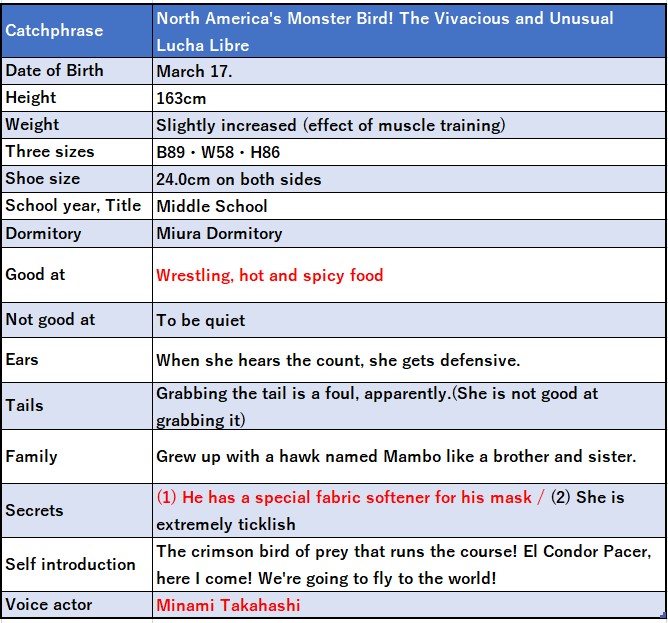
Point
・Character designs are modeled after historical horse names
・She likes wrestling and spicy food
・Voiced by Minami Takahashi
1. Character designs are modeled after historical horse names
・The name of the racehorse in history is derived from the song “El Condor Pasa (The Condor flies away)” (Spanish).
・The character’s design was inspired by a wide range of motifs from the Spanish-speaking world and is strongly influenced by the culture of Latin America.
・The song is a Peruvian folklore song, and the most famous version is the cover by Simon & Garfunkel in the 1970s in the U.S. The song is also known as “The Condor is Flying Away.
・Flamenco is a Spanish hobby, but it is not very popular in Latin America.
2. She likes wrestling and spicy food
・As for his love of professional wrestling, as mentioned above, it is thought that it is popular in Mexico because of the horse’s name.
・The horse’s name is also thought to be related to Tabasco, which is famous in Mexico and Central and South America, where the horse’s name is derived.
・Incidentally, a one-panel cartoon in the game describes a scene in which El Condor Pacer served Tabasco too vigorously during a meal, causing it to spatter the meal of Glass Wonder, who was standing next to him.
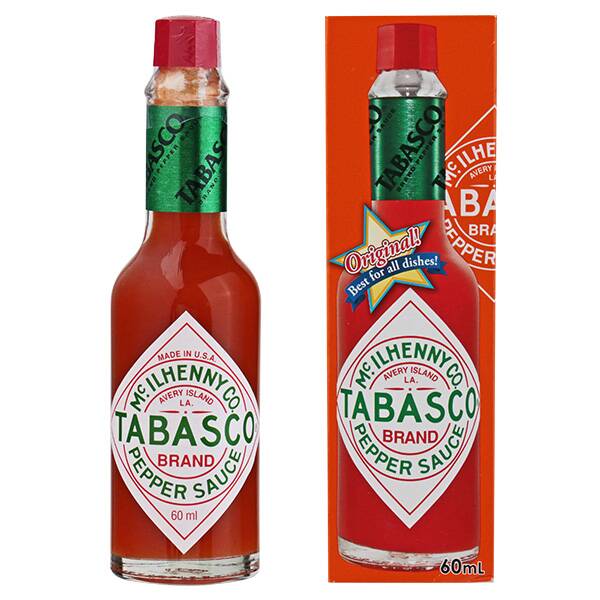
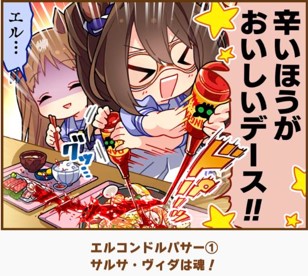
3. Voiced by Minami Takahashi
・The voice actress is Minami Takahashi
・Her representative works are ” Food Wars!” (Megumi Tadokoro), “Arifureta: From Commonplace to World’s Strongest” (Haulia Shea), etc.
About the racehorse that served as the model
Overview
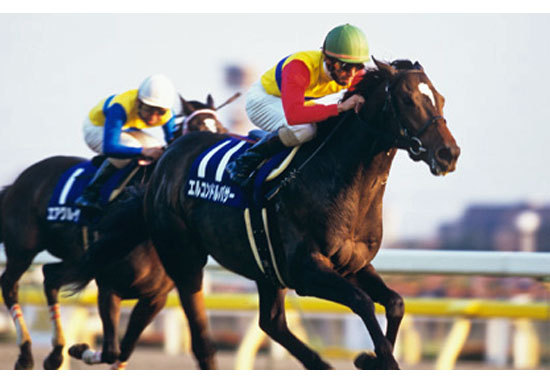
Father: Kingmambo [USA] Mother: Saddlers Gal [Maternal Father: Sadler’s Wells]
Birth – Death: Mar. 17. 1995 – Jul. 16. 2002 [7 years old]. American bred horse
Major Results (Grade at the time)
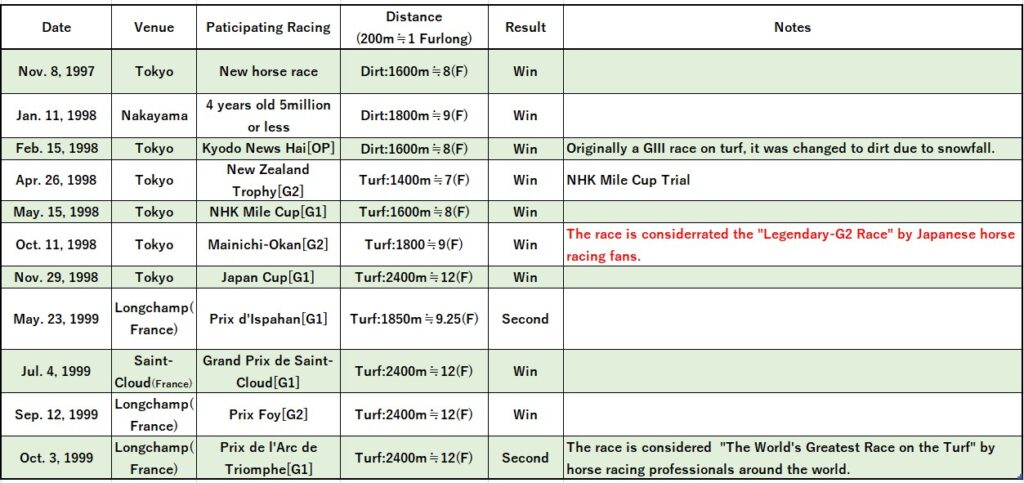
Racehorse period
From birth to debut
On March 17, 1995, El Condor Pacer was born at the Lane’s End Farm Oak Tree Branch from Sadlers Gal. When she was four months old, she was inspected by her trainer, Yoshitaka Ninomiya, who was visiting Kentucky to participate in an auction market. (Yoshitaka Ninomiya, who later became a management trainer), who was visiting Kentucky to participate in an auction. In January 1996, he was shipped to Japan, where he began his training at a farm in Monbetsu, Hokkaido. He continued to do extremely well, and at the end of August 1997, when he reached the racing age of three, he joined Ninomiya at the Mihura Training Center in Ibaraki Prefecture. He had no injuries or illnesses at the training center, and his temperament was calm except for his reluctance to be hoofed. Hitoshi Matoba, who rode him in training the week of his debut, was so impressed with his performance that he asked Ninomiya to be his jockey for his debut race.
Debut <Nov.8,1997>
This race was held in Tokyo. The race was held on a dirt track, as the management felt that the horse was not yet ready and that it would be difficult for him to compete at high speed. The horse won the race, and by 7 lengths over the horse that later went on to win the Keisei-Hai.
[Linking with smartphone application “Uma-Musume: Pretty Derby]
In one of the first episodes of the main story in the smartphone application “Uma-Musume: Pretty Derby,” El-Condor Pasa is introduced as having “captivated many fans with his shocking run in his debut race. This is thought to be a tribute to his overwhelming victory as mentioned above.
3 years old(Now:2 years old) period
4 years old 5 million or less[OP]<Jan.8,1998>: He was the overwhelming top favorite with odds of 1.1x. The jockey, who was enthralled by Maruzensky’s ability, ran a monotonous race, saying, “Just wait for the other horse to come at you and spur him on.” Midway down the final straight, a rival horse came alongside at once, and he hurriedly drove Maruzensky out. As a result, Maruzensky and the rival horse engaged in a fierce competition, and as a result of a photo finish, Maruzensky won by a nose.
Kyodo News Hai[OP]<Feb.15,1998>: The third race was the first Grade race. Initially, the race was to see if the turf course was suitable, but due to snowfall, it was changed to dirt. (In the final analysis, the race was no longer a GIII race due to the course change.) The result was a convincing victory by two lengths. After the race, the jocky :Matoba said, “El-Condor-Pasa is a wonderful horse, so good that it is hard to compare him with Grass-Wonder. I don’t want him to be used in the same race, and I want two of my own bodies”.
The management was scrambling to choose a jockey, but a number of things came together, including the abandonment of Grass-Wonder, who was to be Matoba’s main jockey, due to a broken bone in his spring debut, and Matoba decided to ride El-Condor-Pasa as he was.
4 years old(Now:3 years old) period in spring
New Zealand Trophy[G2] <Apr.26, 1998>: This race was his first turf race. The field was impressive and included the second-place finisher after Grass-Wonder last year, but he answered the call as the favorite at odds of 2.0x and won by two lengths.
NHK Mile Cup[G1] <May.15, 1998>: The NHK Mile Cup featured three undefeated horses at that point. Among them, El-Condor-Pasa held these off and was the favorite at odds of 1.8 times. He won the race by 1 3/4 lengths. It was his first G1 victory. El-Condor-Pasa’s management later said that the victory had made them think about an overseas trip.
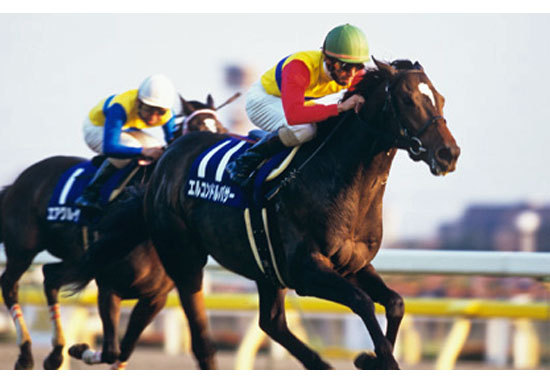
Movement of the camp for the fall and rivals of the same generation
After the NHK Mile, El-Condor-Pasa’s management stated that El-Condor-Pasa would take a break and that the Mile Championship[G1] would be the autumn target, but ultimately the target was changed to the Japan Cup, an international invitational race.
This change is said to be due to two major factors. One is that from a pedigree point of view, the combination of his mother, Sadler’s Wells, and his father, King Mambo, was considered better suited to races over 2,000m to 2,400m than over a mile. The other was with an eye toward competing with “Horse of the Year”. In the same generation, there was Special-Week, winner of the Japan Derby, and Taiki-Shuttle, winner of the Yasuda Kinen [G1] and Prix Jacques le Marois [G1] in France in the spring and summer. Because of these two factors, his own race was the Japan Cup. The Mainichi-Oukan was chosen as a prelude to the Japan Cup.
Also, by this time, Glass Wonder’s injury had recovered, and Matoba eventually chose Glass Wonder as his jockey. The jockey for his successor, Elcon Dol Pacer, went through a number of things and was replaced by Ebina, who had won a number of major prizes at the time.
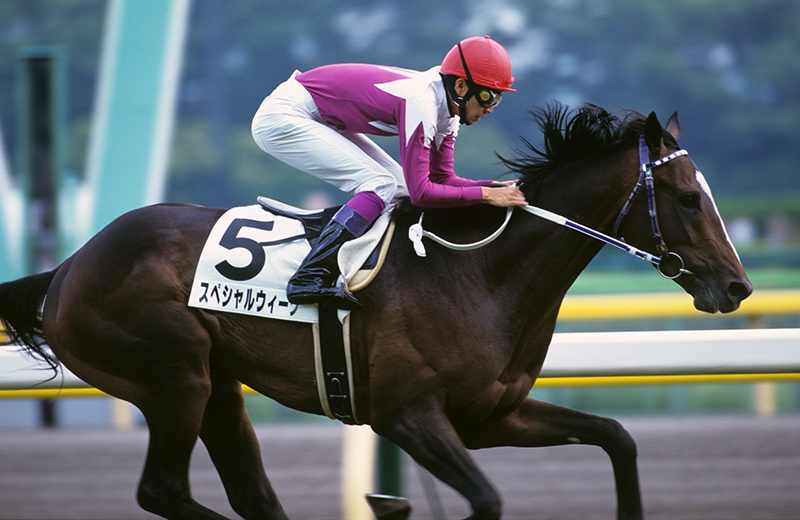
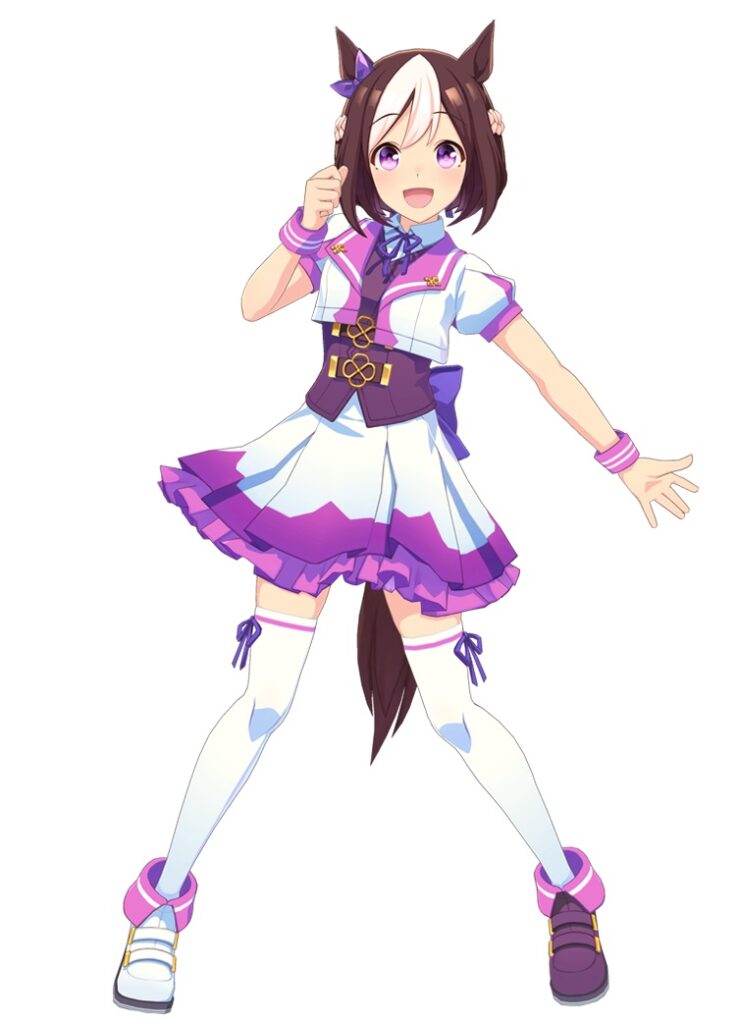
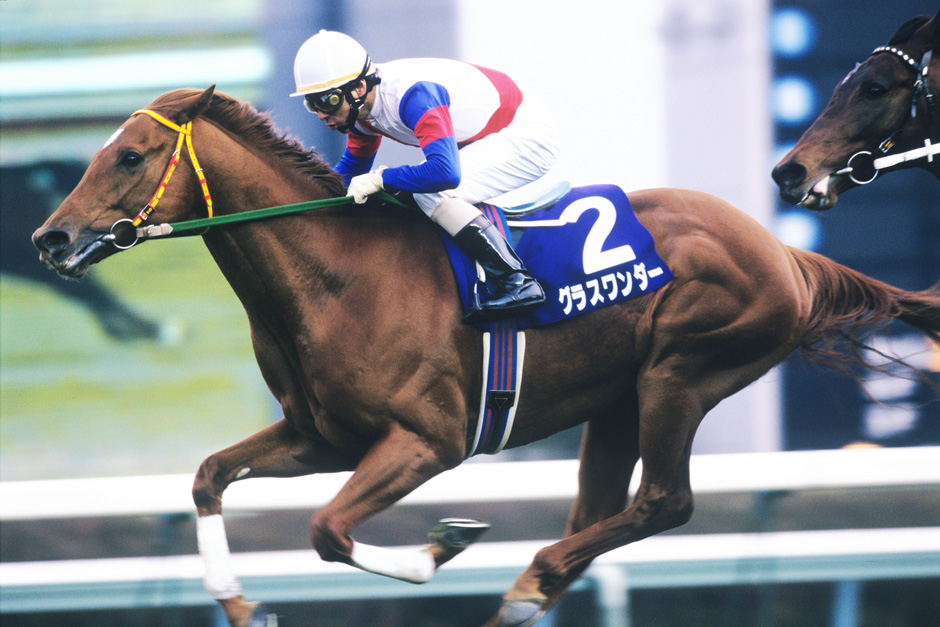
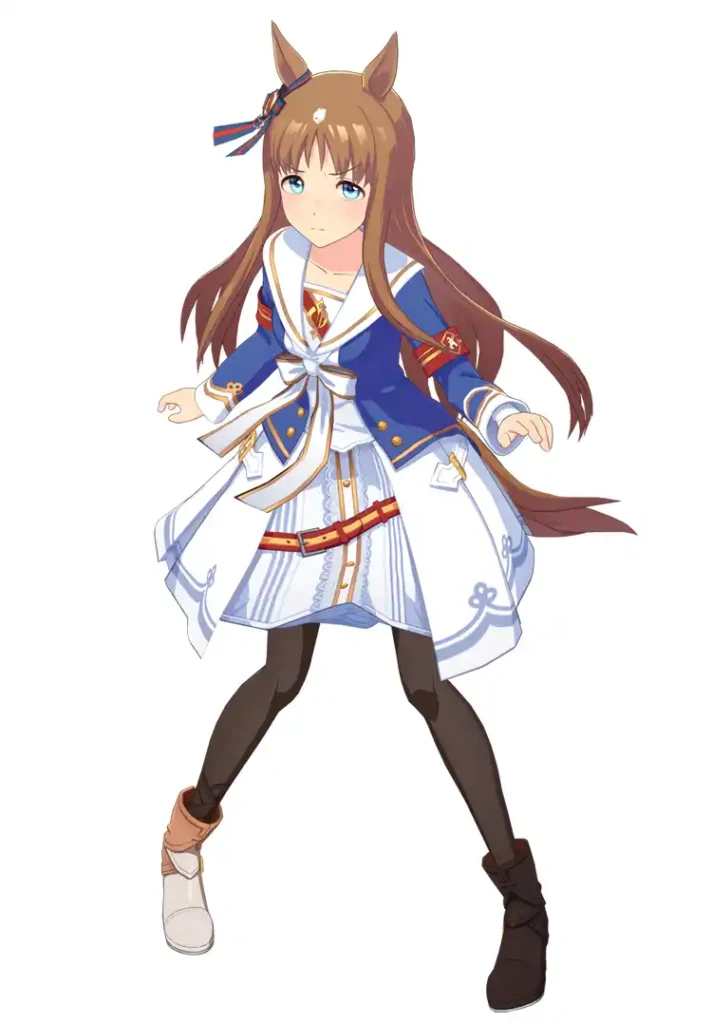
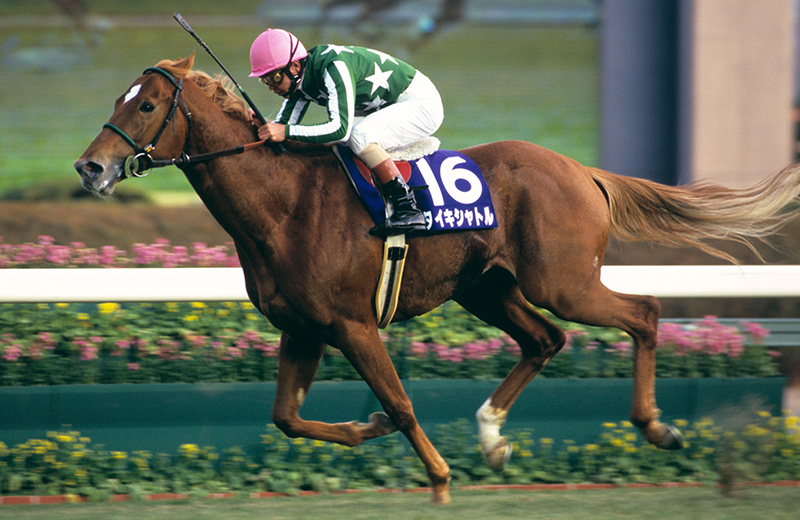
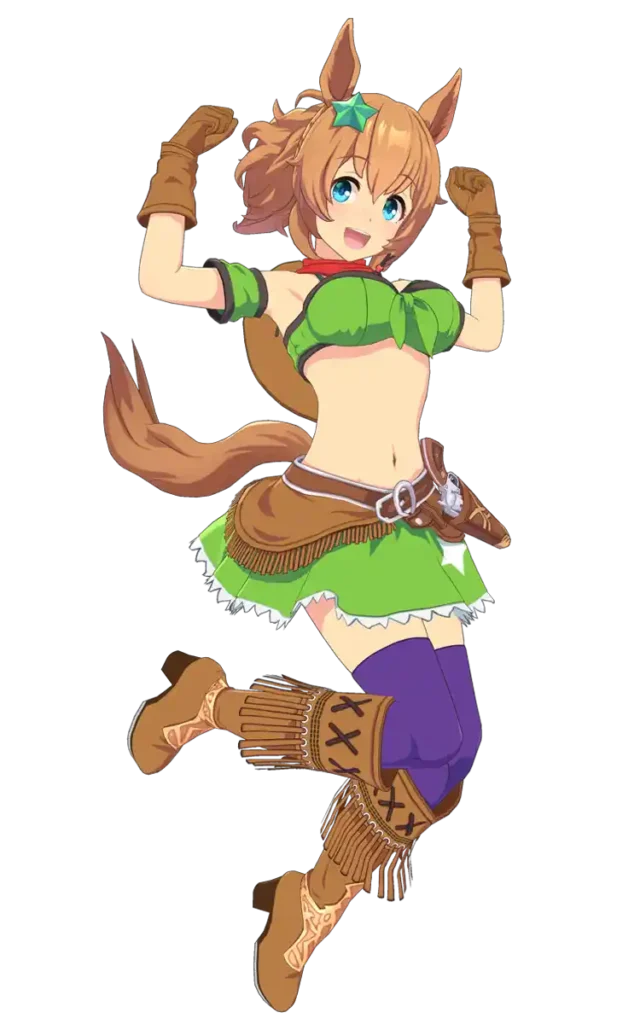
[Linking with TV Anime “Uma-Musume: Pretty Derby]
In episode 5 of the “Uma-Musume Pretty Derby: 1st Season,” El-Condor-Pasa runs in the Japan Derby and is shown tied with Special Week, which the creators of the anime are describing as if Elcon Dolpasser were to run in the Japan Derby. In actual horse racing, ties are rare, but in historical Japanese horse racing, there was a tie for victory in the 2010 Japanese Oaks [G1]. In the anime, Special-Week and El-Condor-Pasa hug in the interview.
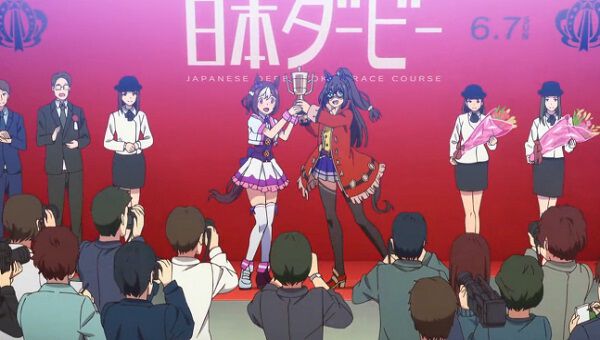
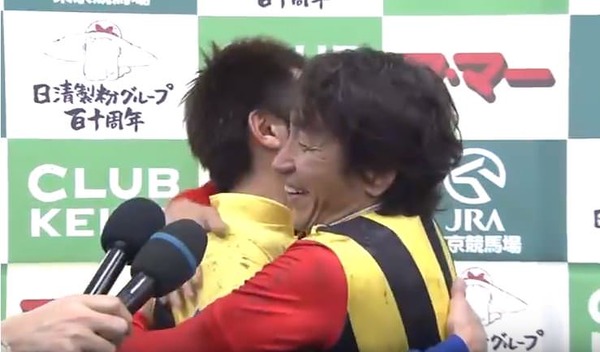
4 years old(Now:3 years old) period in Autumn
Mainichi-Okan[G2]<Oct.11, 1998>:
More than 130,000 spectators packed Tokyo Racecourse for this GII race. On the day of the race, Silence-Suzuka was the clear favorite at odds of 1.4, with Glass Wonder, who was coming off a day off due to his monstrous image and jockey Matoba’s choice, as the second favorite, and Elcon Dolpasser as the third favorite.
In the race, Silence-Suzuka, the leading horse, ran at a high pace of 57.7 seconds for the first 1,000 meters, and El-Condor-Pasa was chasing from the second group.
In the latter half of the race, he chased with Glass-Wonder toward the final turn but was unable to catch up to Silence-Suzuka, who was still running away and finished 2 ½ lengths behind.
After this race, El-Condor-Pasa’s management commented positively, “He lost, but he ran a good race. He is only 4 years old,” said they positively, indicating that the horse is in good shape for the Japan Cup.
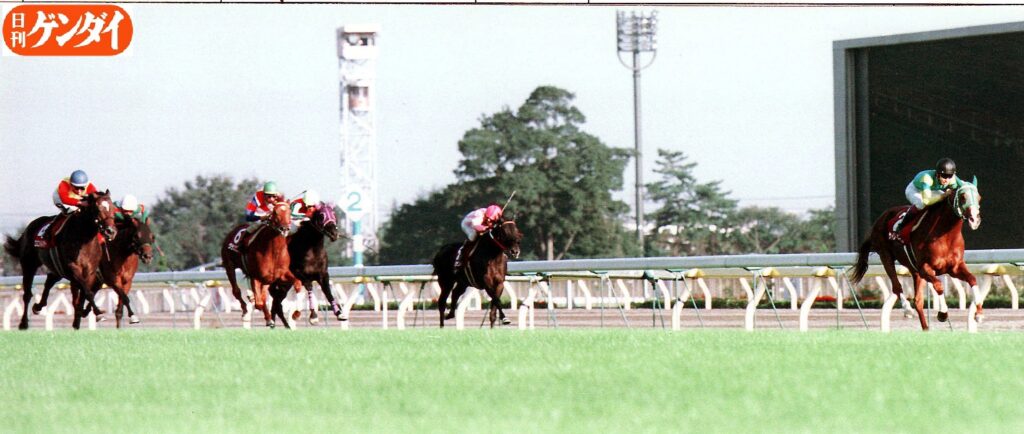
[Linking with TV Anime “Uma-Musume: Pretty Derby]
The Mainichi-Okan is depicted in episode 8 of the “Uma-Musume: Pretty Derby 1st Season” anime. The race development of El-Condor-Pasa and Glass-Wonder is faithfully reproduced in the anime. However, although Nice-Nature and Eishin Flash ran in the same race, they are from different generations in historical reality. Nice-Nature finished third in the Mainichi-Oukan in 1992 and 1993, just as in the anime. Eishin Flash ran in the Mainichi-Oukan in 2012 and 2013 and was the winner in 2013.
After this race, he ran in the Tennou-sho (Autumn) in anime, along with Silence-Suzuka, Mejiro Ryan, and Hsiamazon. El-Condor-Pasa won this race but did not run in this race with Mejiro Ryan and Hishi-Amazon in the anime. However, Silence-Suzuka did run in this race as a historical fact. El-Condor-Pasa ran in this race because he was beaten only by Silence-Suzuka in Japan and because he shares the same owner with Offside-Trap, the winner of the race in historical fact.
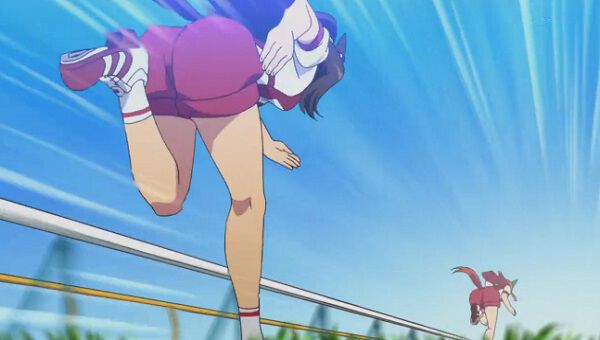
[TV Anime 1st Season]
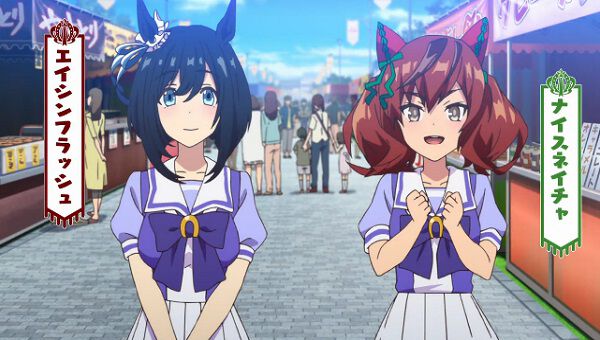
[TV Anime 1st Season]
Japan Cup[G1]<Nov.29.1998>:
Most of the foreign horses invited to run in this year’s Japan Cup either withdrew from the race or avoided it after accepting the invitation, and the only foreign horse of note was the Breeders’ Cup Turf winner, Chief Bearheart. Therefore, El-Condor-Pasa was the third most popular horse in a situation where Japanese horses were said to have the upper hand, with that year’s Japanese Derby winner Special-Week as the favorite and Air-Groove, the runner-up from the previous year, as the runner-up.
In the race, the lone runner was in front, but El-Conder-Pasa was in third place with Special-Week and Air-groove. On the final turn, El-Condor Pacsa spurred ahead of his rivals, lined up at the front, and broke away on the final straight. He never stalled and widened the gap to Air-Groove, winning the race by 2 1/2 lengths.
After the race, the management decided not to run El Condor Pacer in the year-end Grand Prix, as they had initially planned.
At the JRA Awards for the year, Elconder Pacer beat out his rivals of the same generation to win the Best 4-Year-Old Colt (now the Best 3-Year-Old Colt) award. However, the horse of the year, which the management had been aiming for, was awarded to Taiki Shuttle.
It is the movie of Japan Cup[G1] in 1998
[Linking with TV Anime “Uma-Musume: Pretty Derby]
The results of the race, which was briefly depicted in episode 8 of the “Uma-Musume: Pretty Derby 1st Season,” were as in the historical record, with El-Condor-Pasa finishing first, Air-groove finishing second, and Special-Week finishing third. The results are also very detailed, with even the horse numbers of the horses that finished in the race being the same as in the historical record.
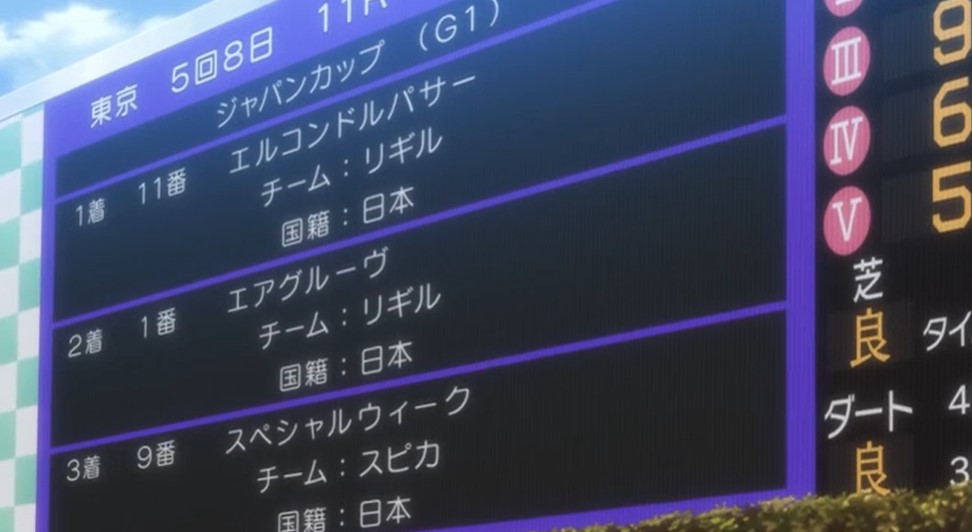
5 years old(Now:4 years old) period
Going on the expedition to Europe:
This year, discussions were held in the camp with an eye toward a trip outside of Japan. While King George VI & Queen Elizabeth Stakes in England, the Breeders’ Cup in the U.S., and the Dubai World Cup in the UAE were among the candidates, it was finally decided to aim for the Prix de l’Arc de Triomphe in France.
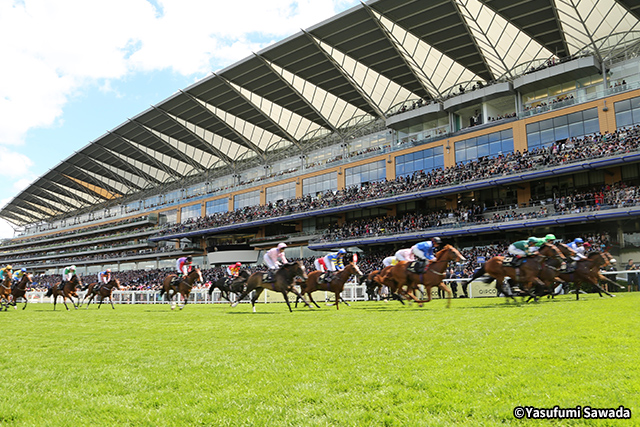
King George VI & Queen Elizabeth Stakes
in England
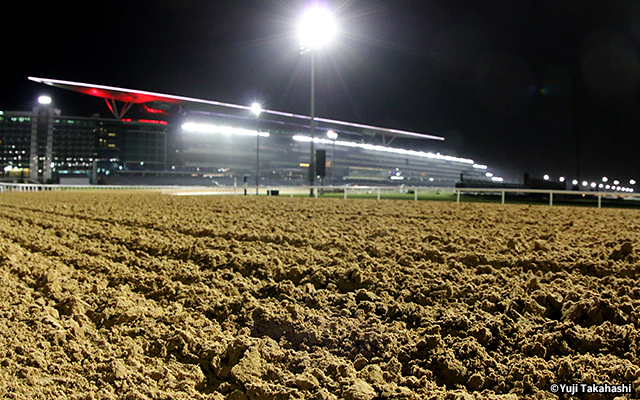
Dubai World Cup in UAE
At the JRA(Japan Racing Association) awards ceremony held on January 25, the management announced that El-Condor-Pasa would be traveling to Europe. The management said, “The Prix de l’Arc de Triomphe is not a race that can be won easily. If you want to win it, you need to make a horse with European specifications, so you have to challenge yourself to a certain extent.” He also announced that the expedition would be a long-term one, rather than a traditional Japanese horse expedition in which the horse only participates in the races that he has his sights set on.
El-Condor-Pasa returned to the Miho Training Center on February 10 after a rest period, departed for France on April 14, and arrived on the following day, April 15, and entered the Tony Kraut Stable at the Longchamp Training Center, which was to be his host facility there. Incidentally, this stable had hosted the previous year’s Horse of the Year, Taiki-Shuttle, during his stay in France.
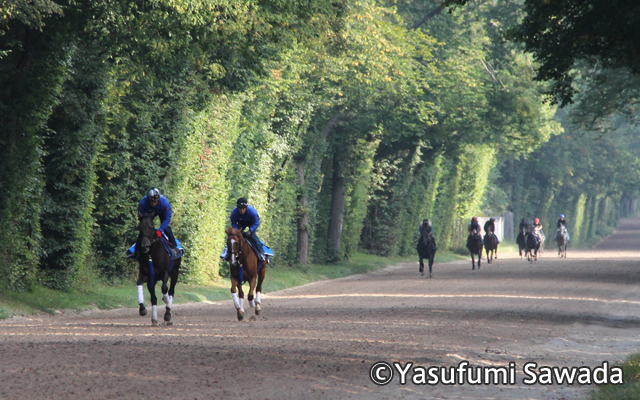
On January 21, it was officially announced that the first race of the European trip would be the Prix de l’Ispern (G1). After the start of training in France, El-Condor-Pasa struggled with the long grass, which was different from that in Japan, and ran with a messy form at first. However, he eventually changed his running style to suit such a horse.
[Linking with TV Anime “Uma-Musume: Pretty Derby]
In episode 5 of the first season, El-Condor-Pasa, Taiki Shuttle, and Airgroove are training under the same trainer, and these three racehorses were active in the same generation in history. As for El-Condor-Pasa and Taiki Shuttle, they have one thing in common: they have traveled to Europe together as mentioned above.
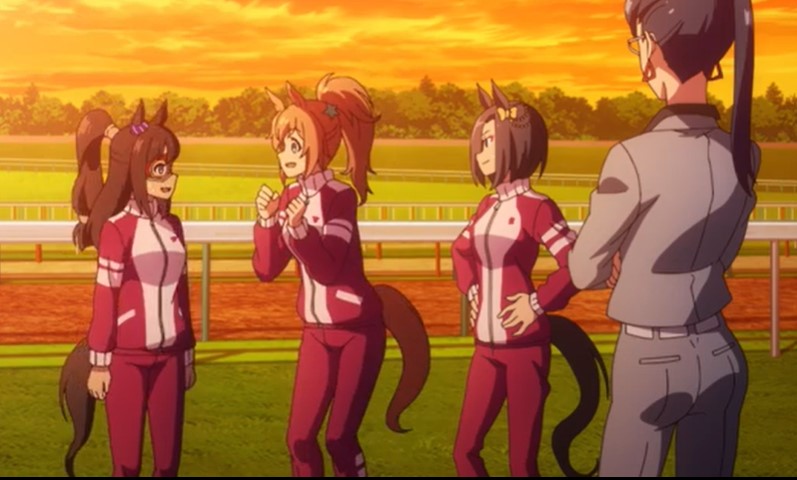
Prix d’Ispahan[G1]<May.23,1999>:
On the day of the race, he was the favorite at odds of 2.75x, ahead of local horses. In the race, he was chasing in the middle of the pack, moved up to third on the last turn, and took the lead in the final straight, but was beaten three-quarters of a length by the second favorite in front of the finish line. After the race, main jocky Ebina stated, “I had a good enough response (omission), and he ran well on the track for the first time, so I’m looking forward to the next race. The camp also had a good impression of the race, despite the loss.
On June 2, it was announced that El-Condor-Pasa would retire at the end of the year and be bred as a stallion at Shadai Stallion Station.
After the Prix de l’Ispern, El-Condor Pasa’s condition rapidly improved. There were options to run him in the Prince of Wales Stakes (G2) at Royal Ascot in England or the Eclipse Stakes, which had been in the plans for some time, but after a preliminary inspection of each racecourse, he was eliminated as a candidate and decided to stay in France.
Grand Prix de Saint-Cloud[G1]<Jul.4,1999>
The course was long and undulating at the Saint-Cloud racecourse, the distance was 2,400 meters, the same distance as the Japan Cup, and the weight was 61 kilograms, a weight that is rarely carried in Japan. He was concerned about his stamina. The field was also greatly strengthened and included Dream Well, winner of the French Derby and Irish Derby the previous year and All-European Horse of the Year, Sagamix, winner of the Prix de l’Arc de Triomphe the previous year, Tiger Hill, German Horse of the Year, and Borgia, winner of the Deutschland Derby and a runner-up in the Breeders’ Cup Turf in the U.S. The race was also considered by some to have the best field in recent years, with top-class runners from all over Europe, including Borgia, the winner of the Deutschland Derby and a runner-up in the Breeders’ Cup Turf in the U.S.
On the day of the race, El-Condor-Pasa was the second favorite. In the race, he ran in third or fourth place and easily overtook Tiger Hill midway down the final straight, winning by two and a half lengths over the horse. It was his first victory in France.
His victory in the Grand Prix de Saint-Cloud against the above-mentioned runners and his consistent racing performance attracted much attention in Europe.
As a result, El-Condor-Pasa was also given a provisional rate of 128 pounds. This was the highest rating for a horse over 5 years old in Europe that year, in line with the 4-year-old Montjeu, who had won the French Derby and the Irish Derby in dominant fashion.
Later, due to the injury to El-Condor-Pasa, the management chose the Prix de Foy, a 2400-meter race at the Longchamp racecourse in Paris, the same place and distance as the Prix de l’Arc de Triomphe, for the next race.
It is the movie of Grand Prix de Saint-Cloud[G1] in 1998
[Linking with smartphone application “Uma-Musume: Pretty Derby]
El-Condor Pasa’s Grand Prix de Saint-Cloud is briefly depicted in the second part of the final episode of the main story in the smartphone application “Uma Musume: Pretty Derby”. In the live-action, the audience said, 「強い! 強い! 前年の凱旋門賞ウマ娘を、そしてヨーロッパの年度代表ウマ娘を置き去りにしていく!」(“Strong! Strong! He leaves behind the previous year’s Prix de l’Arc de Triomphe and the European Horse of the Year!”) This is the same thing as in the above-mentioned history. This is thought to be a Uma-Musume modeled after the historical racehorses mentioned above (Sagamix and Dreamwell).
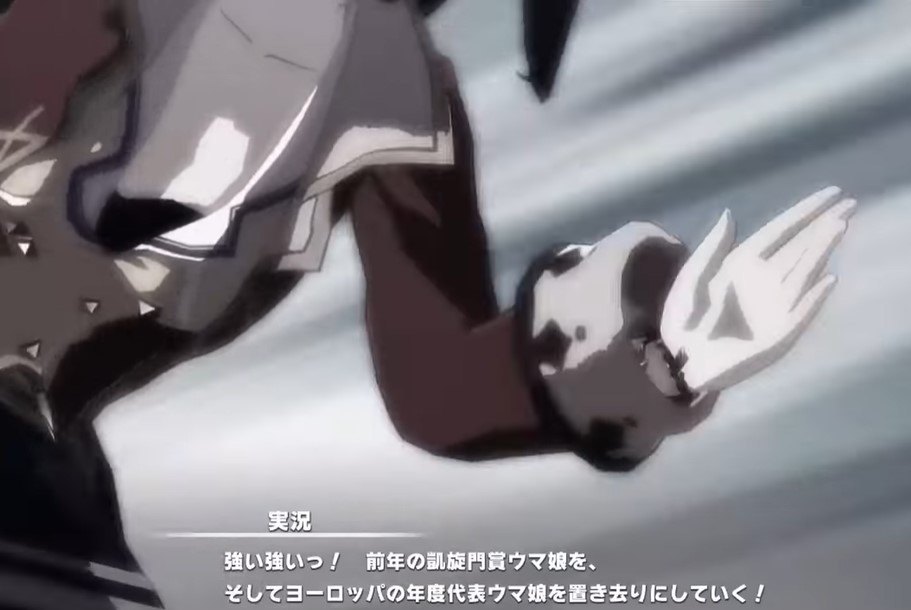
Prix Foy[G2]<Sep.12,1999>
On the day of the race, rival horses canceled their runs due to the hardness of the track, resulting in a small field of three horses, including El-Condor- Pasa. He was the favorite at odds of 1.3 times. In the race, El-Condor-Pasa led the field through the “False Straight,” a unique feature of the Longchamp race, and once on the last turn, he gave up the lead. However, he sped up in the final straight and overtook the horse again, winning the race after a duel with El-Condor-Pasa. The race was broadcast live on Japan’s public broadcaster NHK.
After the Prix Foy, El-Condor-Pasa was cheered on by the entire Lamoree training staff, and there is an episode that he was given priority to use the best track without regard to his turn.
Incidentally, his rival for the Prix de l’Arc de Triomphe, Montjeu, had won the Prix de Nieuw, and the other major contenders had also won the Prix de l’Arc de Triomphe trial race, as was their reputation.
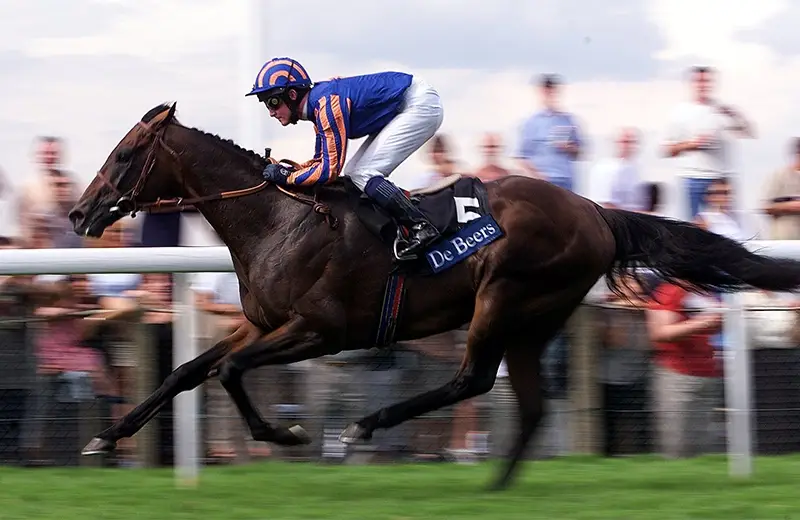
[Linking with TV Anime “Uma-Musume: Pretty Derby]
In episode 9 of the 1st season, there was a description of meeting Broyer, the model for Montjeu. At that time, he did not have permission to use Montjeu’s horse name. Initially, El-Condor-Pasa thought that he wrote his autograph because Broyer thought he was a fan. However, it was later revealed that he actually wrote “I can fly faster than Condor” and recognized him as an enemy.
In historical fact, El-Condor Pasa’s relationship with Montjeu does not precede the Prix de l’Arc de Triomphe, but as mentioned above, El Condor Pacer had won an overseas GI before that, and it is thought that he drew this way because he had a good reputation as a rival of Bloyer.
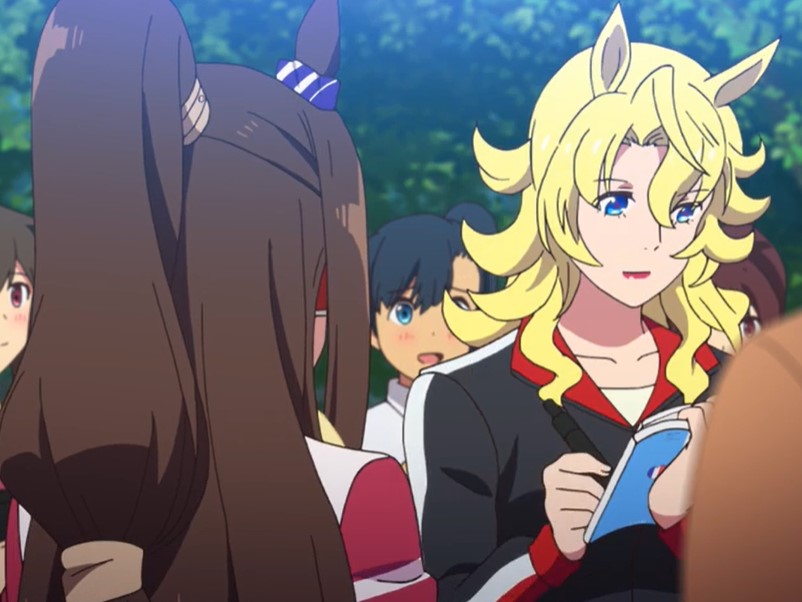
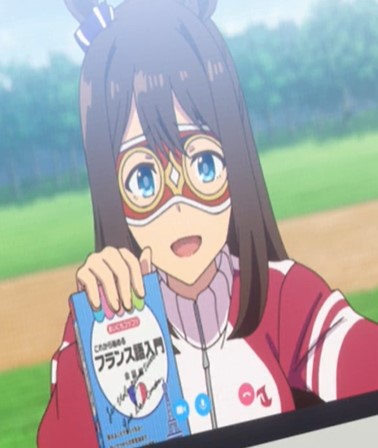
Prix de l’Arc de Triomphe[G1]<Oct.3,1999>
Paris that year had been hit by bad weather, and it had rained the day before, making the track condition heavy. The favorites were Montjeu at 2.5 times and Elcondor Pacer at 4.6 times.
When the start was made, El-Condor-Pasa started from the innermost slot and took the lead. However, around the 400 meters to go, Montjeu, who had been brought out to the outside, began to chase quickly, and with about 100 meters to go, El-Condor-Pasa was right on his heels. Once in front, El-Condor-Pasa tried to catch up to Montjeu but was unable to do so, finishing a half-length behind in second place.
Despite the loss, El-Condor-Pasa was applauded for his effort, even by fans who had not traveled from Japan. The local media reported that “there were two champions,” and the Montjeu camp later commented, “I don’t think we would have been able to beat him if the track had been hard. The conditions were so favorable for Montjeu that it was almost as if he had two winners.
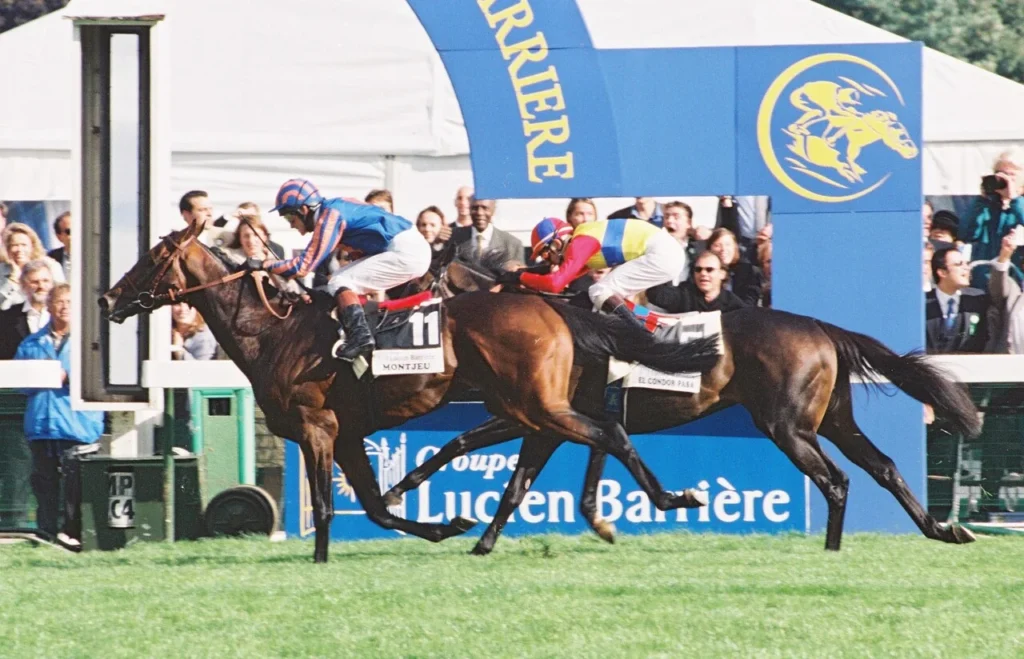
[Linking with TV Anime “Uma-Musume: Pretty Derby]
As mentioned earlier, in the animated film, it is depicted under the name of Broyer. Incidentally, there are two theories as to the origin of the name “Broyer”: the first is that it came about because the Montjeu castle owned by the owner of the horse in Montjeu was in the Broyer district. The second theory is that the name “Broilier,” which means “smash,” was chosen because Montjeu had defeated El-Condor-Pasa in the historical record.
Also, in episode 9 of the first season, the Prix de l’Arc de Triomphe of El-Condor-Pasa is depicted, and the race unfolds the same as in the historical fact.
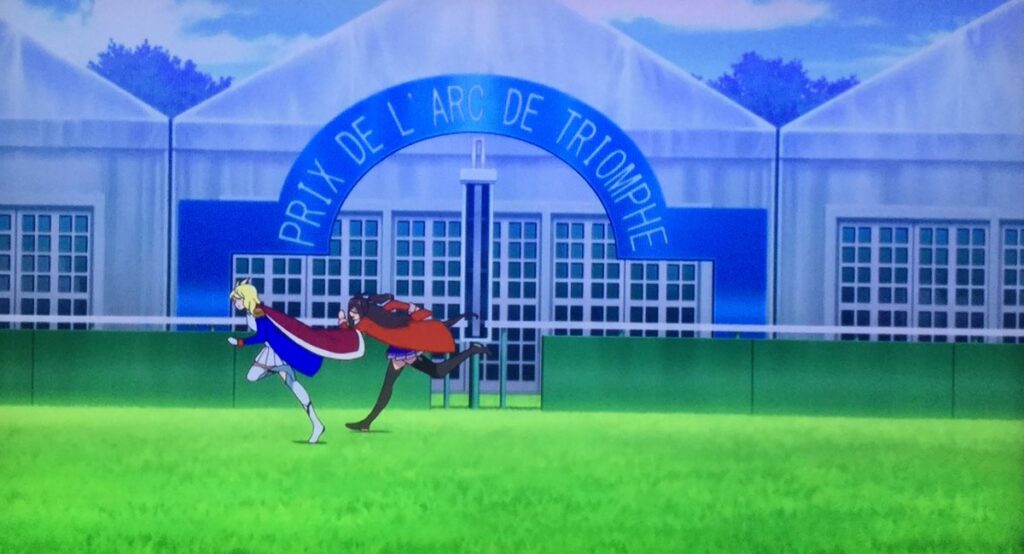
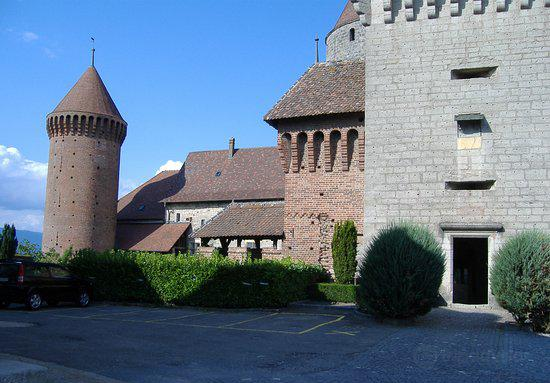
[Linking with smartphone application “Uma-Musume: Pretty Derby]
In the second part of the final chapter of the main story in the smartphone application “Uma-Musume: Pretty Derby,” the Prix de l’Arc de Triomphe of El-Condor-Pasa is depicted, and the development of the race and the order of finish is completely the same as in the historical fact. The race development and the finishing order of the race are completely the same as historical facts. El Condor Pacer also describes the bad condition of the horse tracks at that time, saying during the race, “The condition of the track is worse than I expected. Furthermore, the actual situation and camera work also pay homage to the actual situation of the time.
The post-race conversation with Montjeu is also depicted in the application. Montjeu says, “El-Condor-Pasa, you are a worthy opponent for the champion. This is thought to be a tribute to the historical horse mentioned above, which “had two champions” in the local media. In the conversation, it was expressed as if El-Condor-Pasa invited Mongeau to participate in Japanese horse racing, but it is said that it is unclear whether the historical racehorse came to Japan.
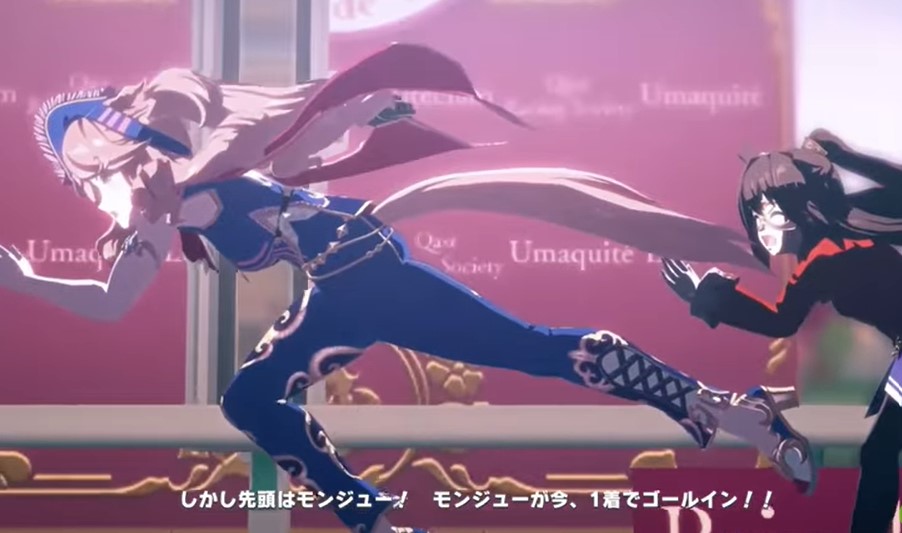
[Smart-phone app: Uma-Musume]
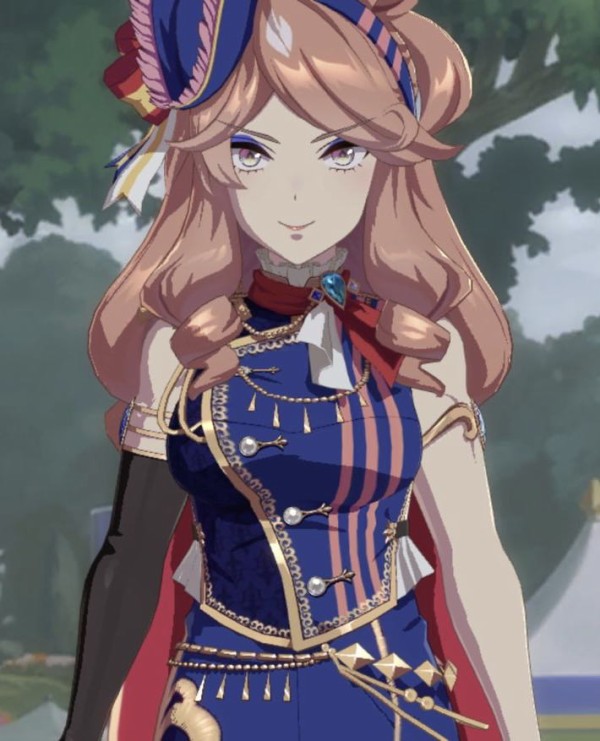
[Smart-phone app: Uma-Musume]
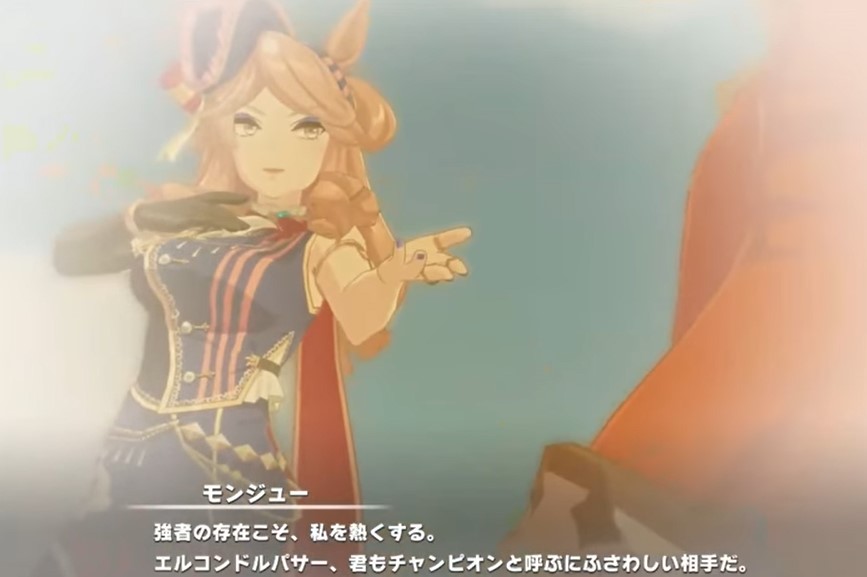
“You’re a champion, too.”
Retired, to be Horse of the Year
El-Condor-Pasa returned to Japan on October 11. When he returned to Japan, he was greeted at the airport with a banner that read “Congratulations, El-Condor-Pasa, STAYER of the World. The Japan Central Racing Association and Shadai Stallion Station, where El-Condor-Pasa is being bred, requested that he continue to run in the Japan Cup, but his management refused the request, and he retired as planned.
The retirement ceremony was held at Tokyo Racecourse during the lunch break on the day of the Japan Cup, when his rivals, including the Prix de l’Arc de Triomphe winner, Montjeu, were to run in the race.
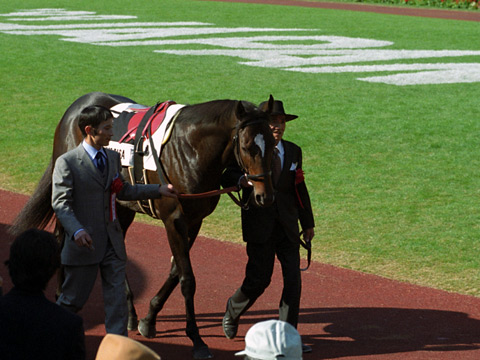
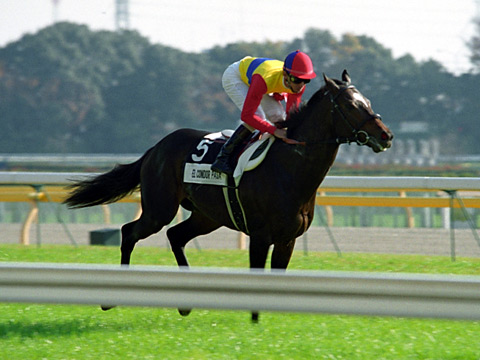
The following year, 2000, a vote was held to determine the JRA Award. In addition to El-Condor-Pasa, there were Special Week, winner of the Spring and Autumn Tenno-sho[G1] and the Japan Cup, and Grass-Wonder, who defeated Special-Week to win the Spring and Autumn Grand Prix, Takarazuka Kinen and Arima-Kinen, making the race so crowded that it was said “there could have been three Horse of the Year.
As a result, El-Condor-Pasa was awarded the Best 5-Year-Old Colt or Horse (now the Best 4-Year-Old Colt or Horse) and the Horse of the Year. Incidentally, the question of who is the strongest horse among Special-Week, Grass-Wonder, and Elconder Pacer is often debated among Japanese horse racing fans even today.
In March 2001, the Kentucky Horse Racing Association in the U.S. presented El Condor Pacer with the Best Producer Award.
As a stallion, he was expected to replace Sunday-Silence, who had been the leading sire at the time, and attracted 137 mates in his first year, mainly from mares bred by the Shadai Group, which owned the same horse. In the second year, the number remained high at 158 head, and in the third year at 154 head. However, on July 16, 2002, after the third year of breeding, El-Condor-Pasa died at Shadai Stallion Station due to intestinal torsion.
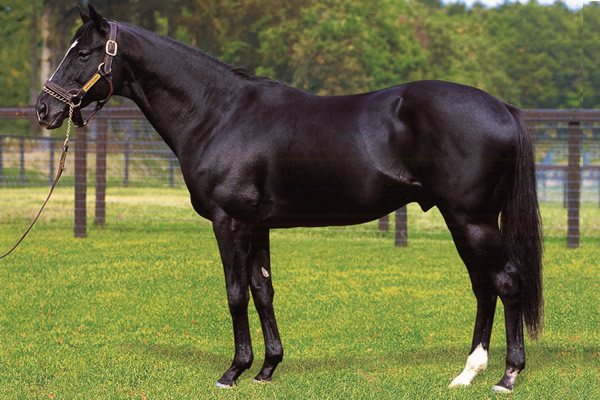
El-Condor-Pasa’s Achievements
El-Condor-Pasa is a horse that has given Japanese horse racing a definite indication that Japanese horses can compete in major races overseas. The reason for this is that he has been running and winning on the high road of middle-distance races, which is the stronghold of European horse racing. Moreover, he was the second favorite in the Prix de l’Arc de Triomphe, the world’s most prestigious race, and narrowly lost in second place. Many horse racing fans and officials believe that it is only a matter of time before a Japanese horse wins the Prix de l’Arc de Triomphe, and many Japanese horses will challenge overseas horse racing, including the Prix de l’Arc de Triomphe.
In addition, the 134 rate obtained by the International Classification (now World’s Best Racehorse Rankings) is the 2nd highest ever recorded by a Japanese horse as of September 2024. The 1st is Equinox for 135. In third place,130 for Just-a-way, winner of the Dubai Duty-Free, and 130 Orfevre, winner of the Arc de Triomphe for two consecutive years in third place. Orfevre, who won the Prix de l’Arc de Triomphe for the second year in a row.
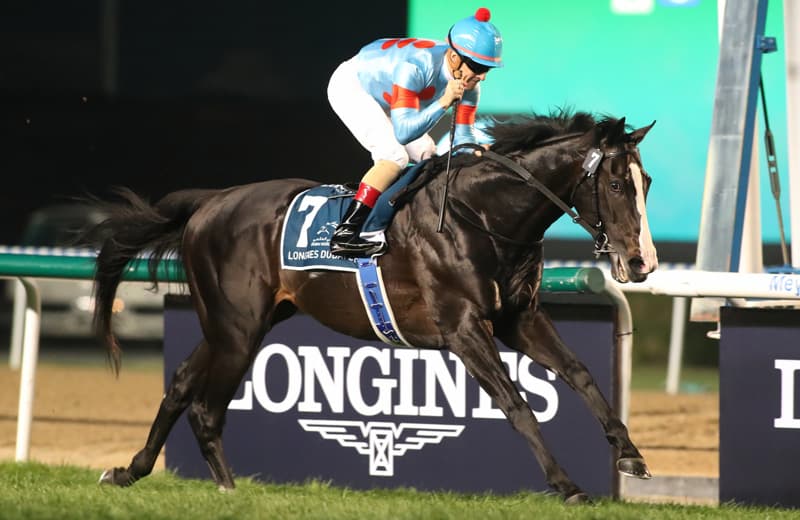
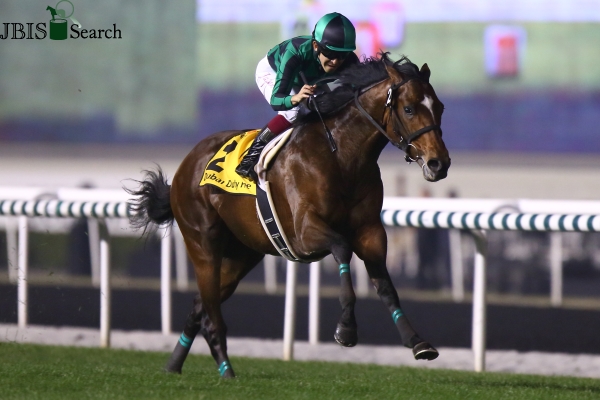
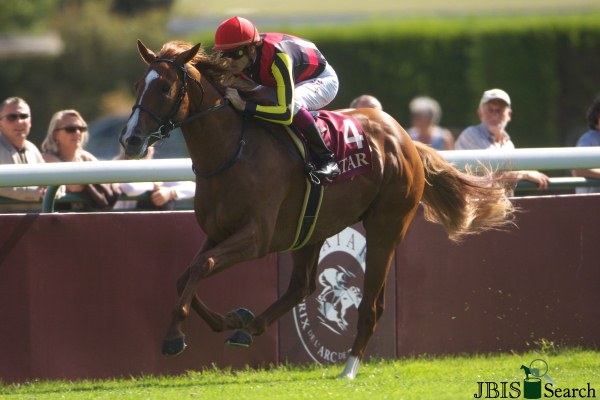
After retiring and Stallion Period
*Names and grades are current.

In his first year, he had 137 foals, mostly from mares bred by the Shadai Group, which owned him. 158 mares were bred in the second year, and 154 mares in the third year. However, on July 16, 2002, after the third year of breeding, El-Condor-Pasa died at the Shadai Stallion Station due to an intestinal sprain.
El-Condor-Pasa’s famous sons, Vermilion in his second year, Song-of-Wind and Aron-Dite in his third year, were all dirt winners. He has also produced many other prize-winning horses as a mother and father. In 2014, he was named an award-winning horse in recognition of his achievements.
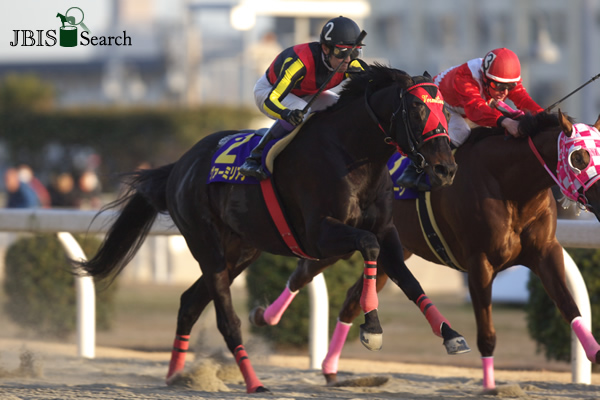
Next・・・・
In this issue, we introduced El-Condor-Pasa, one of the horses of the golden generation.
In the next issue, we will introduce Uma-Musume who is best friends with El-Condor-Pasa.
We hope you will wait patiently for the next installment, although the posting frequency is slow!
Please feel free to leave your comments!
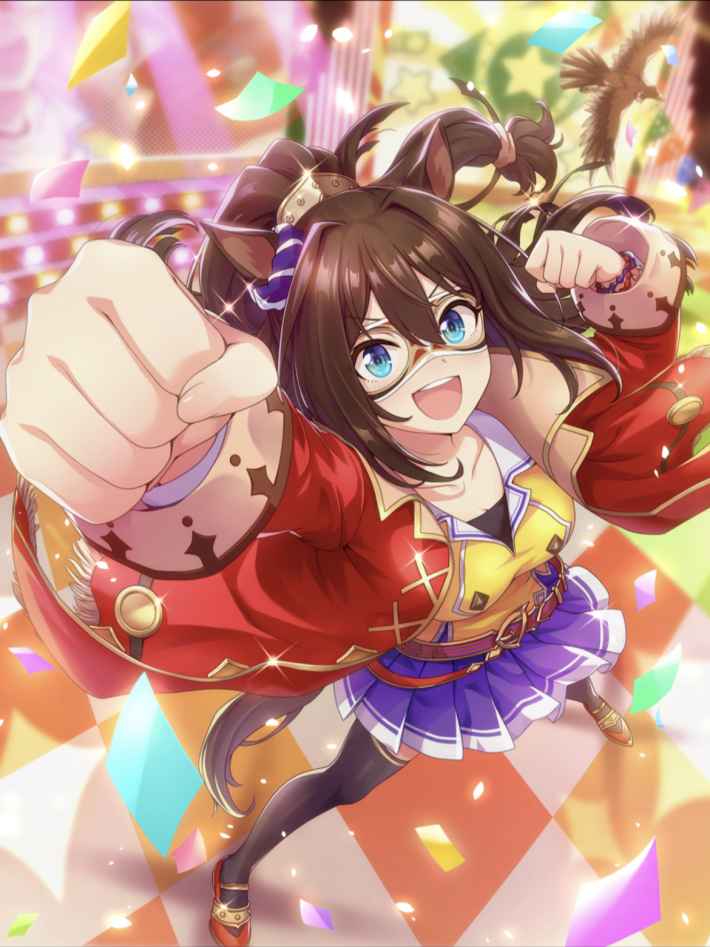
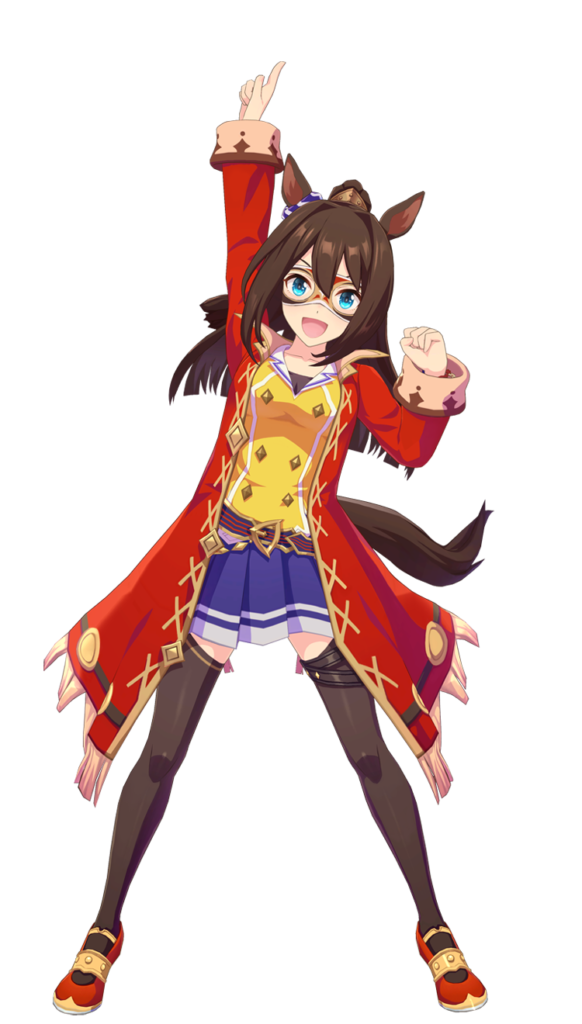
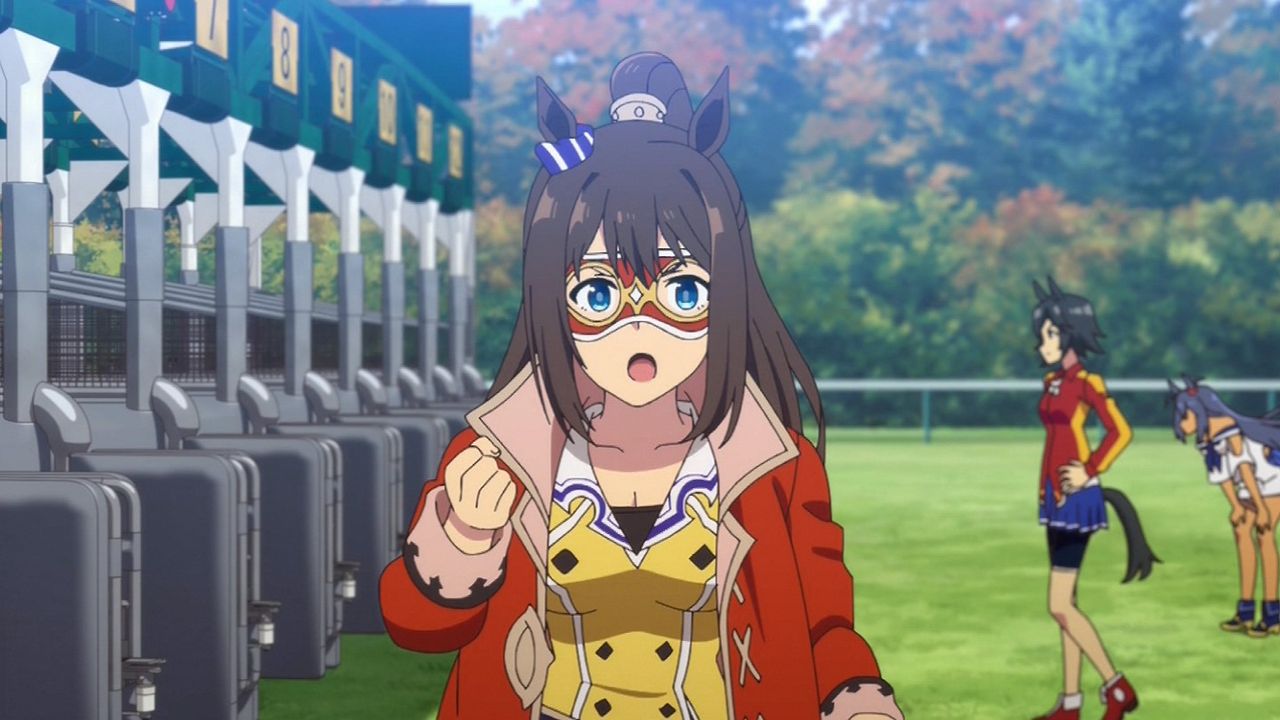
)?)
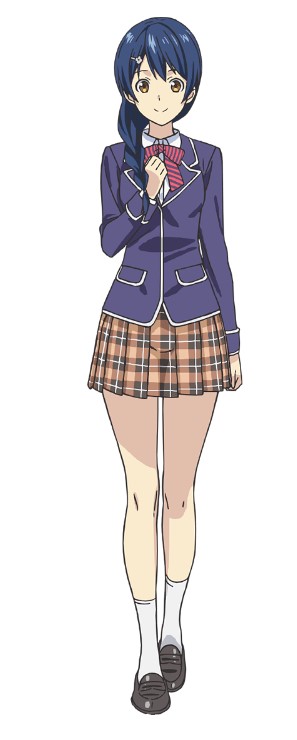
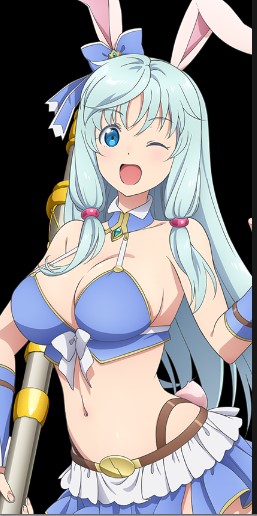

コメント